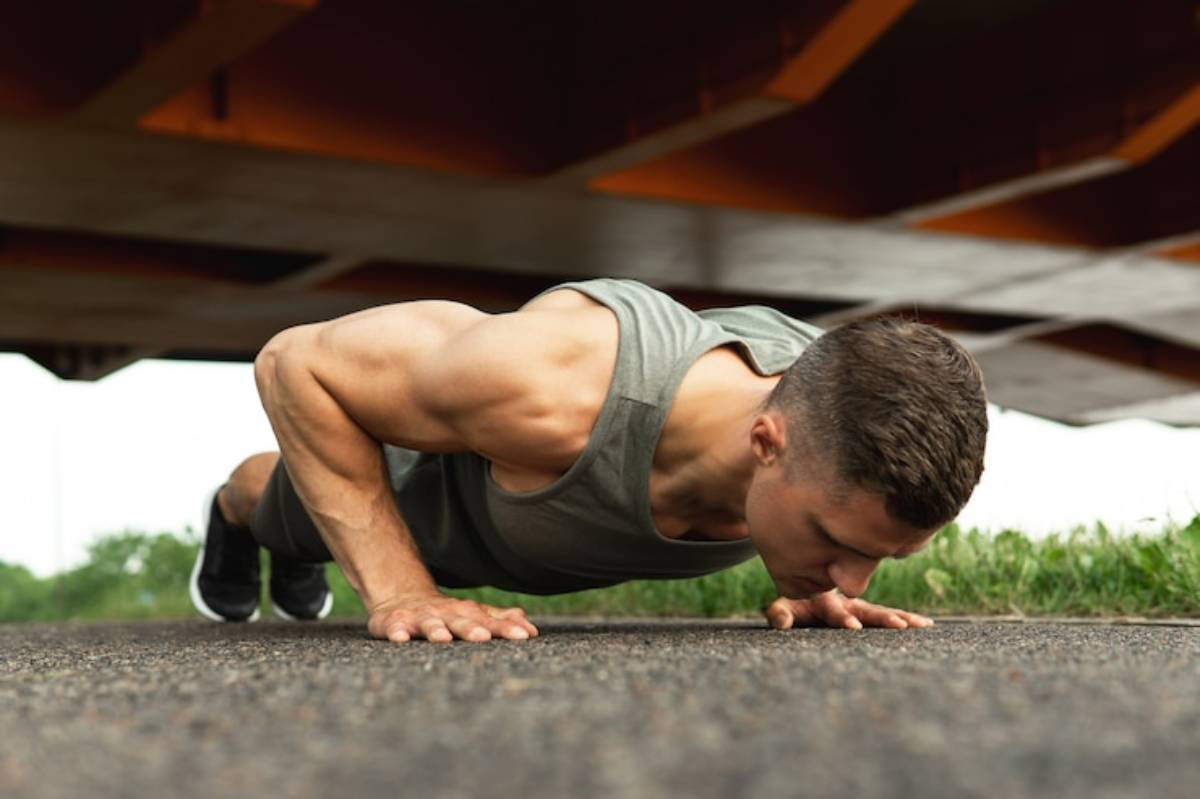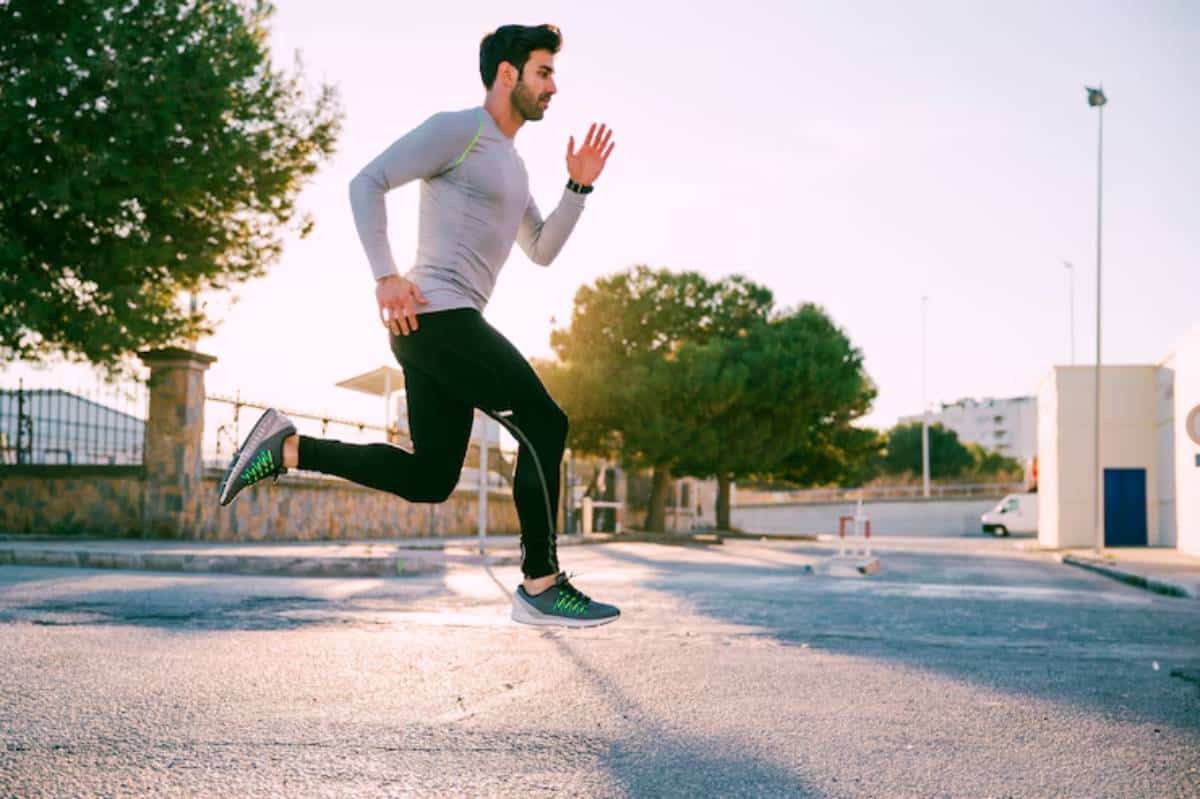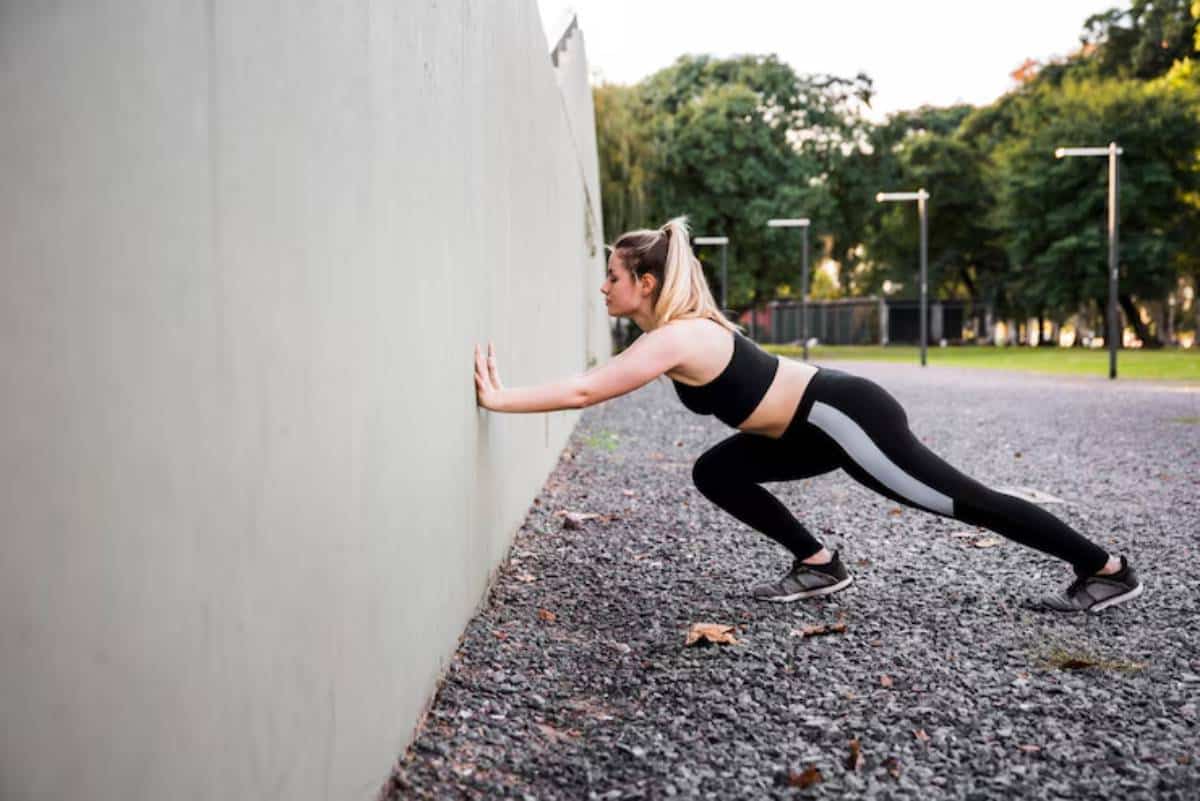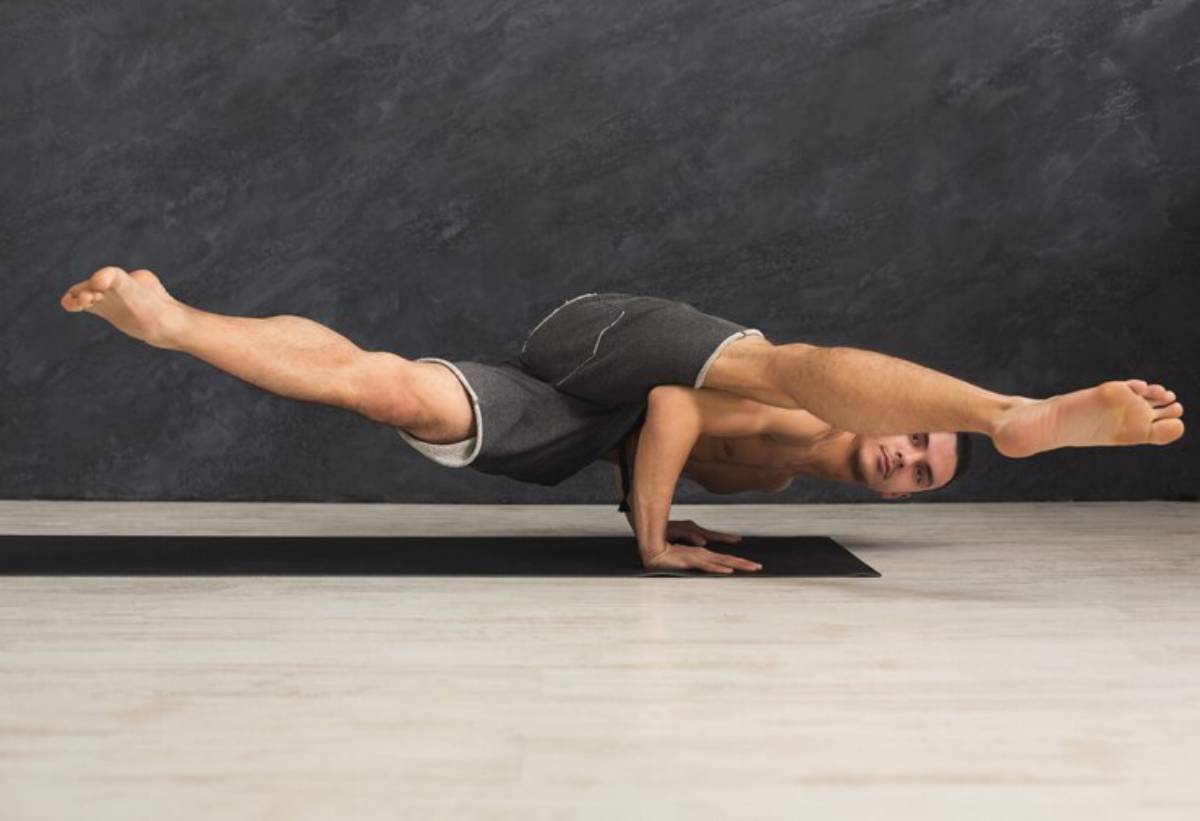
Bodyweight Freestyle: Mixing Strength and Flow
What if your workout could feel less like a chore and more like a form of self-expression? Welcome to the world of freestyle callisthenics — a dynamic strength workout where strength meets creativity, and movement flows without limits.
Picture yourself transitioning from a powerful pull-up to a graceful spin around the bar, then landing smoothly into a push-up variation. That’s creative bodyweight training in action — blending raw power, coordination, and rhythm. It’s not just about reps and sets; it’s about expressing your strength in motion.
In this guide, we’ll explore the fundamentals of freestyle callisthenics, how to build your dynamic strength workout, and offer practical tips for unleashing your creativity on the bars, floor, or wherever you choose to train. Whether you’re new to bodyweight training or looking to inject life into your routine, this is your blueprint for mixing strength and flow.
What Is Freestyle Callisthenics?
Freestyle callisthenics is a style of bodyweight training that focuses on creative movement and fluid transitions between exercises. Unlike traditional callisthenics, which prioritises static holds or structured sets, freestyle emphasises dynamic sequences, flowing from one movement to another.
- Think: Spins, flips, muscle-ups, swings, transitions.
- Feel: Athletic, expressive, empowering.
It’s commonly practised on bars (think pull-up bars and parallel bars) but can also include floorwork like push-up variations, handstands, or rolls.
Why Try Creative Bodyweight Training?
So why step into the world of creative bodyweight training when traditional strength work gets the job done? Here’s why freestyle is worth exploring.
- Breaks monotony: Moves beyond repetitive reps and injects variety into your workouts.
- Enhances coordination: Requires timing, rhythm, and body awareness.
- Builds dynamic strength: Develops power, explosiveness, and control across multiple planes.
- Improves mobility: Encourages a full range of motion in shoulders, hips, and spine.
- Fosters creativity: Gives you freedom to express movement, similar to dance or martial arts.
A 2018 study published in Sports Biomechanics emphasised how dynamic bodyweight movements, such as those in freestyle training, improve coordination and motor skills while enhancing muscular power (González-Hernández et al., 2018).
Building Blocks of Freestyle Callisthenics
Before diving into freestyle flows, you’ll need a solid base of bodyweight strength and control. Here are the key components:
1. Strength Foundations
Strength remains essential. Focus on:
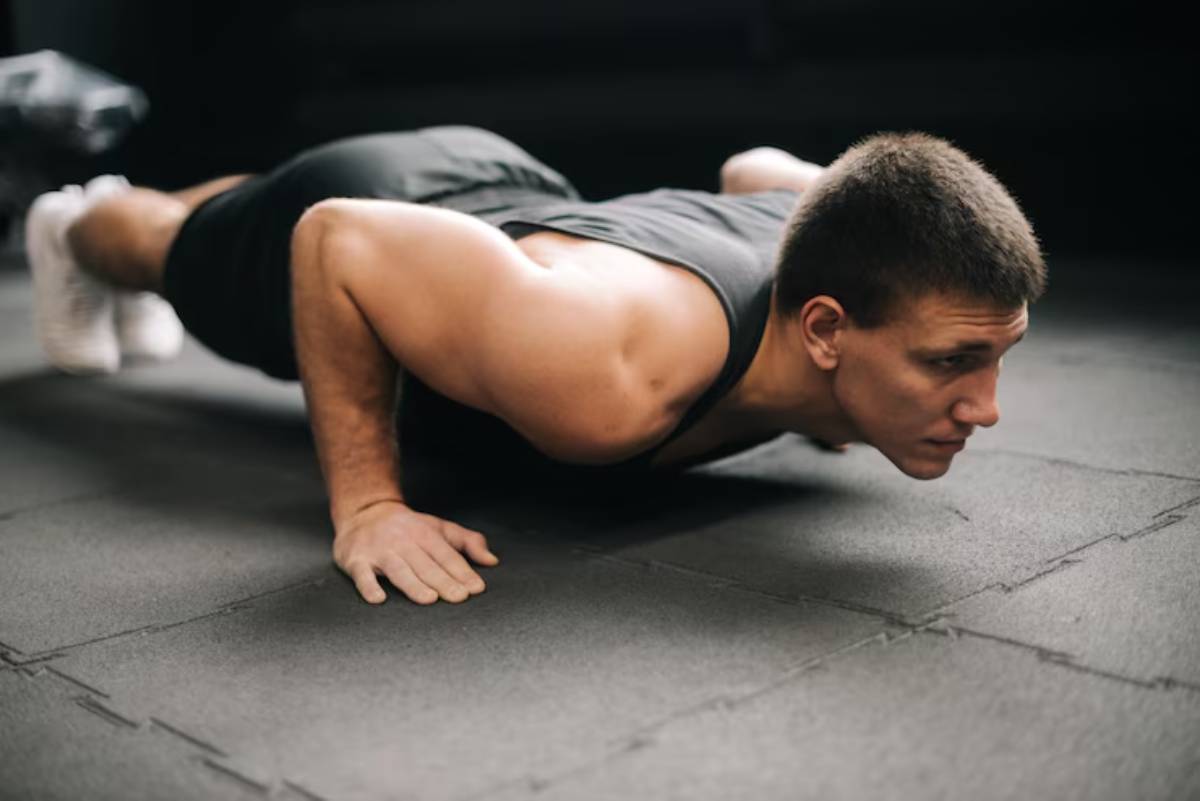
- Push-ups (and variations)
- Pull-ups (explosive and controlled)
- Dips
- Squats and pistol squats
Building raw dynamic strength ensures you can safely execute and control freestyle moves.
2. Mobility and Flexibility
Freestyle movements often require a greater range of motion, particularly in the shoulders, hips, and spine.
- Exercises to include:
- Shoulder dislocates with a band or stick.
- Deep squat holds for hip mobility.
- Thoracic spine rotations for upper back flexibility.
3. Coordination and Timing
Smooth transitions are the hallmark of freestyle callisthenics. Practice linking basic movements:
- Example sequence: Pull-up → muscle-up → bar spin → dip.
Starting slow helps refine timing and rhythm.
Dynamic Strength Workout: Essential Freestyle Drills
Here’s how to integrate dynamic strength workouts into your routine. These drills develop the power, coordination, and fluidity needed for freestyle callisthenics.
1. Explosive Pull-Ups
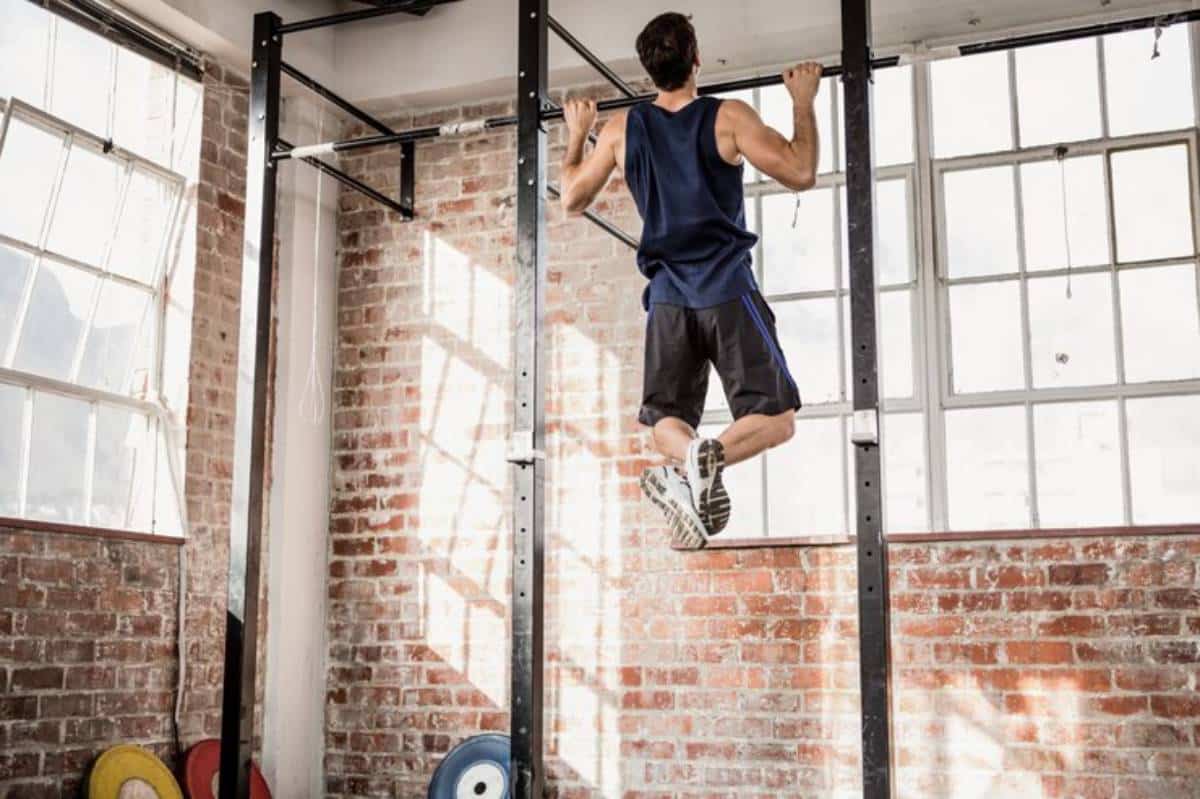
- Targets: Lats, biceps, core.
- Why it matters: Builds the pulling power required for swings, spins, and transitions.
How to do it:
- Hang from a pull-up bar.
- Pull explosively, aiming to bring your chest or even your waist to the bar.
- Control the descent.
Reps: 3 sets of 5–8.
2. Bar Kip Swings
- Targets: Shoulders, core, grip.
- Why it matters: Teaches momentum generation, crucial for freestyle.
How to do it:
- Hang from a bar, initiate a swing by shifting your hips forward and back.
- Build momentum while keeping control.
Reps: 3 sets of 10–12 swings.
3. Muscle-Ups
- Targets: Full upper body — lats, chest, triceps.
- Why it matters: Acts as a bridge between pulling and pushing movements.
How to do it:
- From a dead hang, pull explosively.
- Transition over the bar, pressing into a dip.
Reps: 3 sets of 5–6.
4. Handstand Kick-Ups
- Targets: Shoulders, wrists, core.
- Why it matters: Enhances balance and prepares you for floor-based freestyle.
How to do it:
- Start in a lunge, place hands on the ground.
- Kick one leg up, followed by the other, aiming to balance in a handstand.
Reps: Practice for 5–10 minutes.
5. Floor Flow: Push-Up Variations
- Targets: Chest, triceps, core.
- Why it matters: Adds creativity to the groundwork.
Sequence example:
- Standard push-up → wide push-up → archer push-up → side plank.
Rounds: 3 rounds of flow, adjusting reps as needed.
Crafting Your Freestyle Flow
Creating a freestyle sequence combines the above drills into a dynamic strength workout. Here’s a simple example:
- Kip swings (generate momentum).
- Transition to muscle-up.
- Flow into a bar spin.
- Land into dips.
- Drop down, transition into floor push-up variations.
- Finish with a handstand kick-up.
Repeat this flow for 3–4 rounds, focusing on smooth transitions and control.
Record your sessions. Watching your movements helps refine flow and identify areas for improvement.
Progressing in Freestyle Callisthenics
Like any skill, progression in freestyle callisthenics takes time and patience.
Here’s how to keep advancing:
- Master basics: Focus on form and control in fundamental moves.
- Add complexity: Incorporate spins, flips, or bar transitions as strength improves.
- Work on weak links: Identify limiting factors (e.g., grip strength or mobility) and address them.
- Train consistently: Even 10–15 minutes of freestyle practice at the end of a workout helps solidify skills.
Common Mistakes and How to Avoid Them
- Skipping the basics: Master foundational strength before attempting complex flows.
- Ignoring mobility: Limited range can hinder fluidity and increase injury risk.
- Over-relying on momentum: Build dynamic strength to control movement rather than flinging yourself around.
Conclusion: Express Your Strength With Freestyle Callisthenics
Freestyle isn’t about perfect routines — it’s about creative bodyweight training, blending strength and flow to express yourself through movement. Whether you’re flowing between pull-ups and spins or linking push-up variations with handstands, freestyle callisthenics offers a refreshing way to move, build strength, and have fun.
You don’t need to be a professional athlete to start. With the right foundations and a willingness to explore, you can unlock new levels of dynamic strength and self-expression.
Ready to mix strength with flow? Start with the drills in this guide, create your first sequence, and share your journey in the comments below. And if this inspired you, pass it along to someone looking to spice up their bodyweight training. Let’s move creatively, together!
